This morning, I had to take the train here in Tokyo into the city during rush hour. Trains during peak periods here can get very, very crowded, and I’ve always tried to avoid it as much as possible.
I wrote about Japan’s crowded rush hour trains a couple of months ago. The point of that story was, you’re unlikely to see sardine-can-level trains as a tourist, unless you choose to venture out into the suburbs during peak periods. Unfortunately for me, my home is located in Nerima City, one of Tokyo’s Wards in the suburbs. Taking a train during rush hour from here is awful; my train line has one of the worst congestion rates in the country.

I got to Shakujii-Koen station at around 06:35. This is a little before the worst peak of the 07:00 hour, but it was still busy enough.

A semi-express train was departing when I got to the platform. As I said, this technically isn’t even the peak of rush hour, yet the trains are already more than full.
This home station of mine has been the topic of many social media posts over the years. If you happen to see a video online of a packed Japanese train during rush hour, there’s a good chance that it’s at this station.
Here’s one example:
Yep, that’s my station that I used for 18 years.
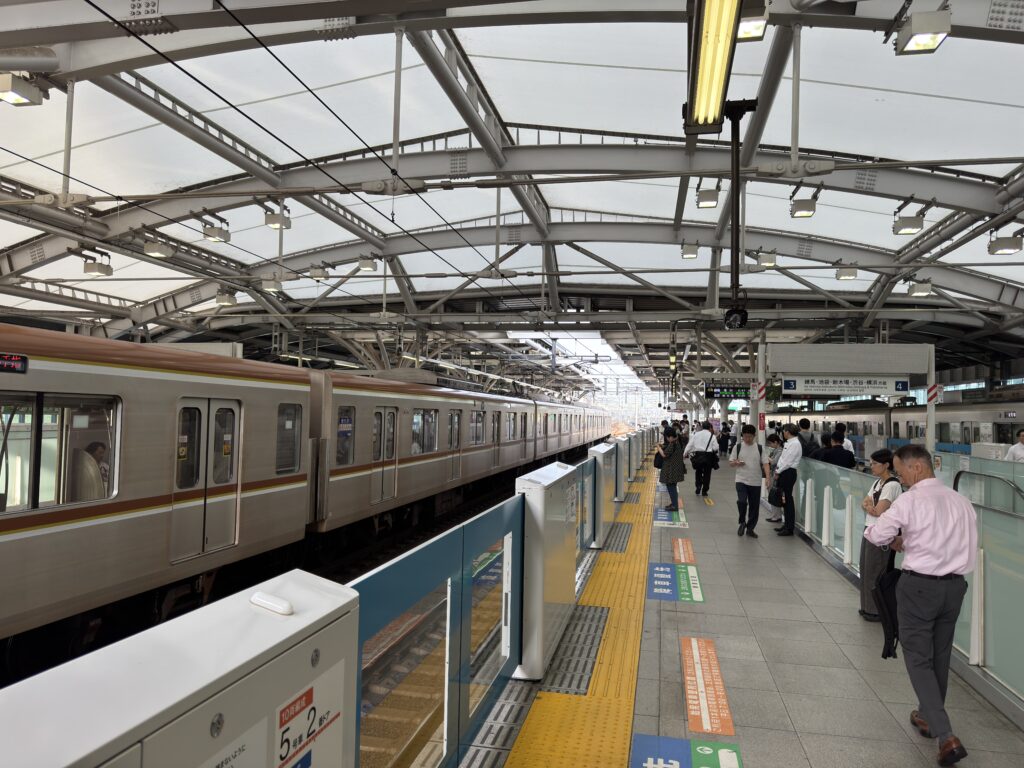
Anyways, back to my train ride into the city this morning. In order to avoid these rush hour trains, there are two commuter express trains from this station with reserved seats in the morning. I decided to try this out for the first time today to see what it’s like.
I realize that this is a bit of a departure from a Japan travel post or a typical trip report, but I thought I’d talk about it anyway since it gives insight into what commutes are like over in Japan.
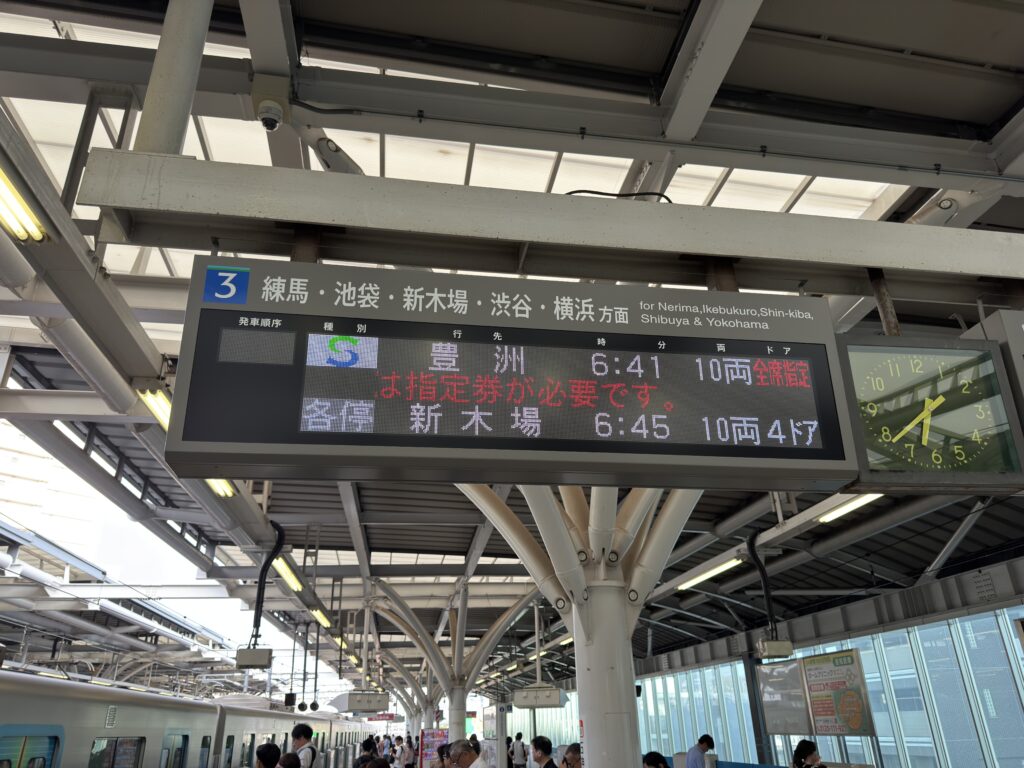
The train in question is the 06:41 train with the S logo on the left. The train company calls this the “S Train.”
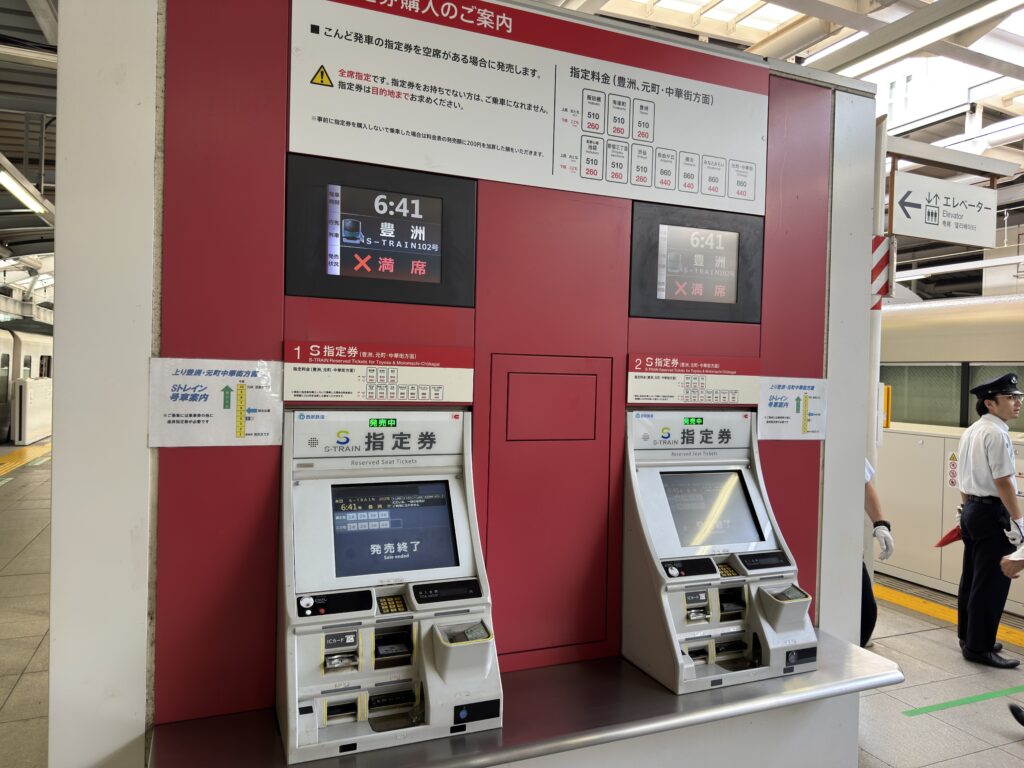
Most importantly, this train has reserved seats. This is by far the best feature of this train. You have to pay an extra 510 yen for a reserved seat, but considering I’m guaranteed a seat in the middle of the busiest time of day for these trains, I’d say that’s a good deal.
I chose to reserve a seat online, and the train was already almost full by the time I booked it the night before.
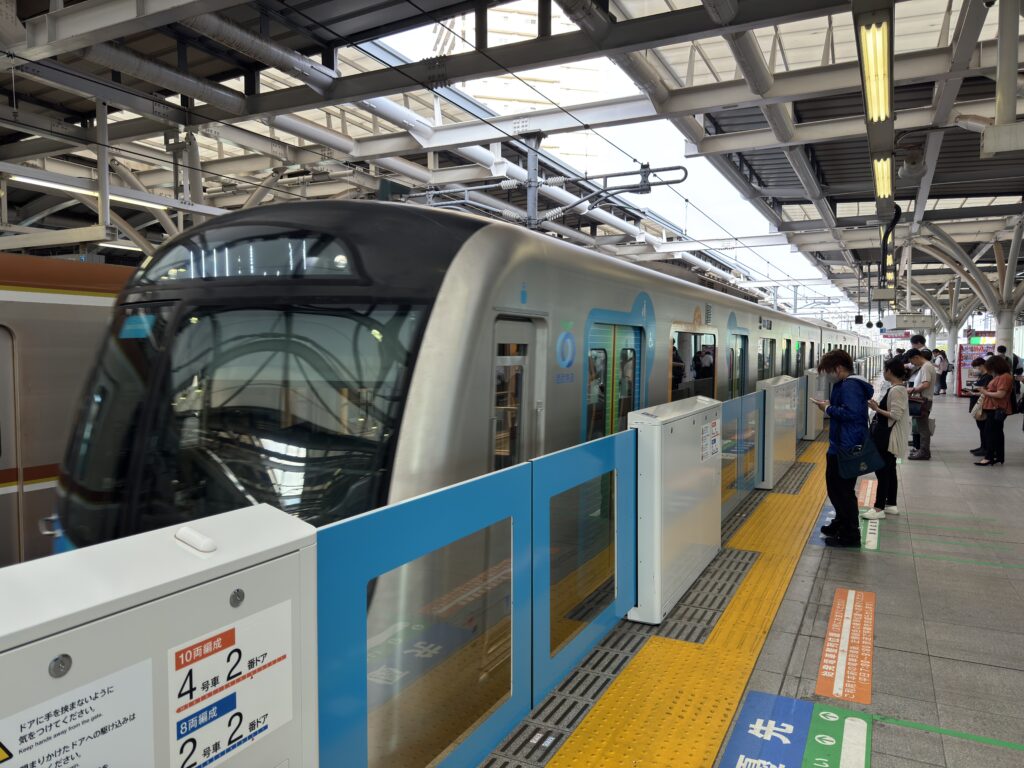
The S Train arrived on track 3, and I hopped on car number 4.
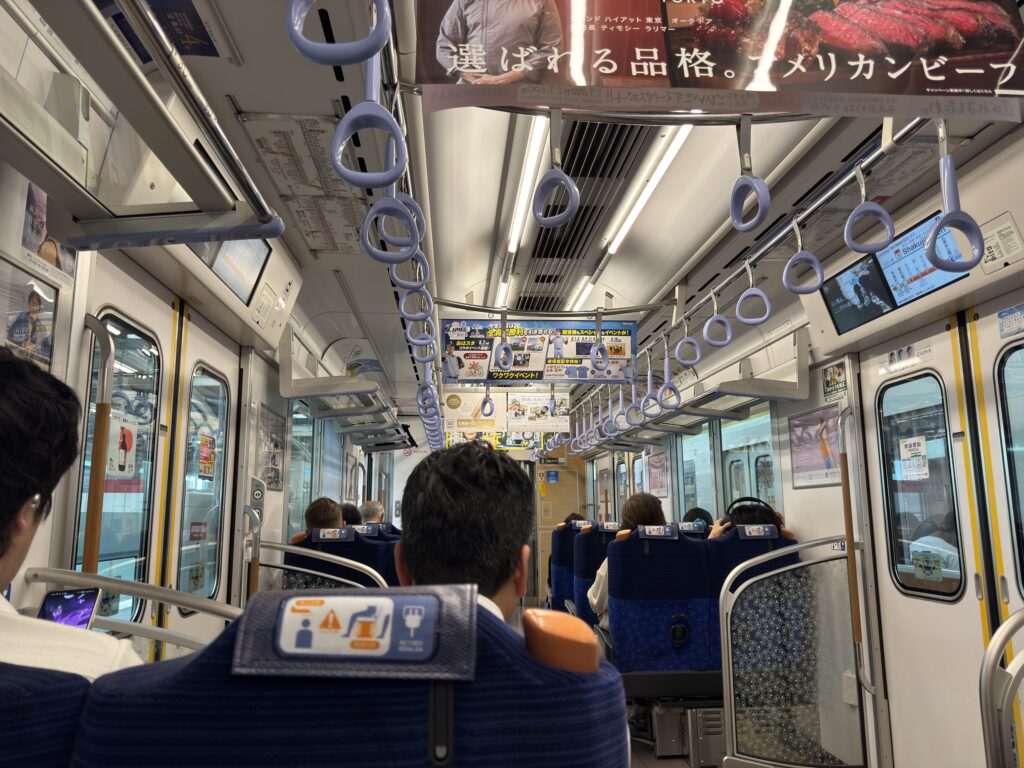
The seats are in a 2-2 configuration. Interestingly, this train can also operate as a regular train when it’s not running S Train service. All they have to do is swing the chairs sideways.
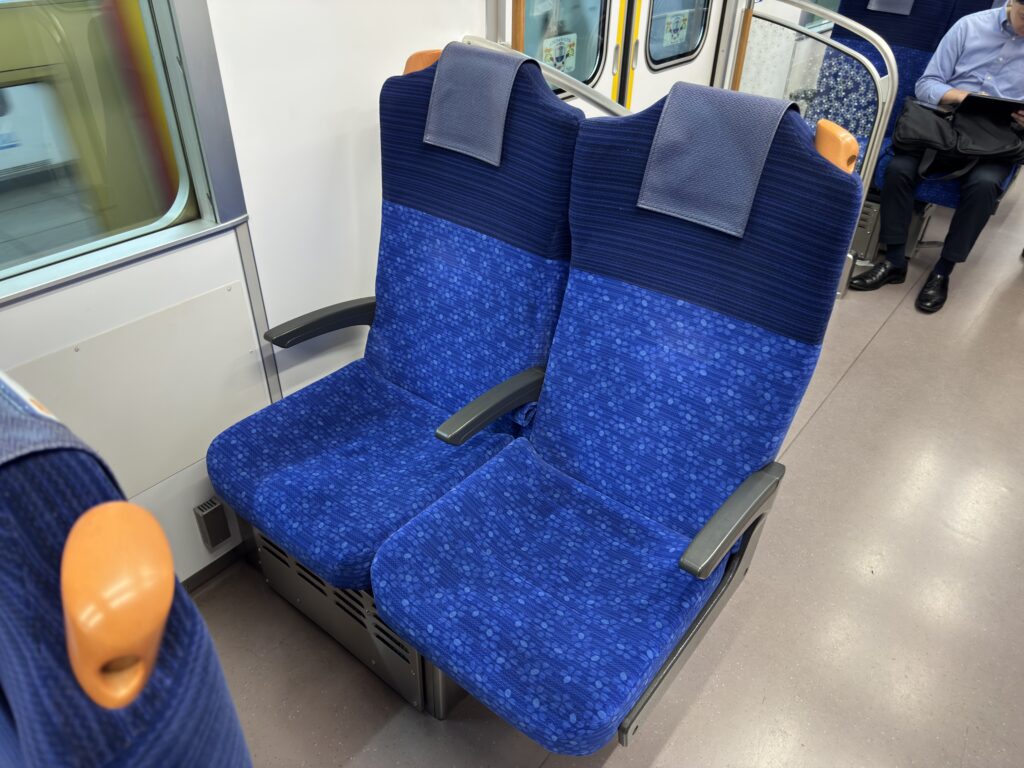
The seats aren’t anything fantastic, but considering most people are on the train for only about 30-40 minutes, you don’t really need a high-level seat seen on long-distance trains.
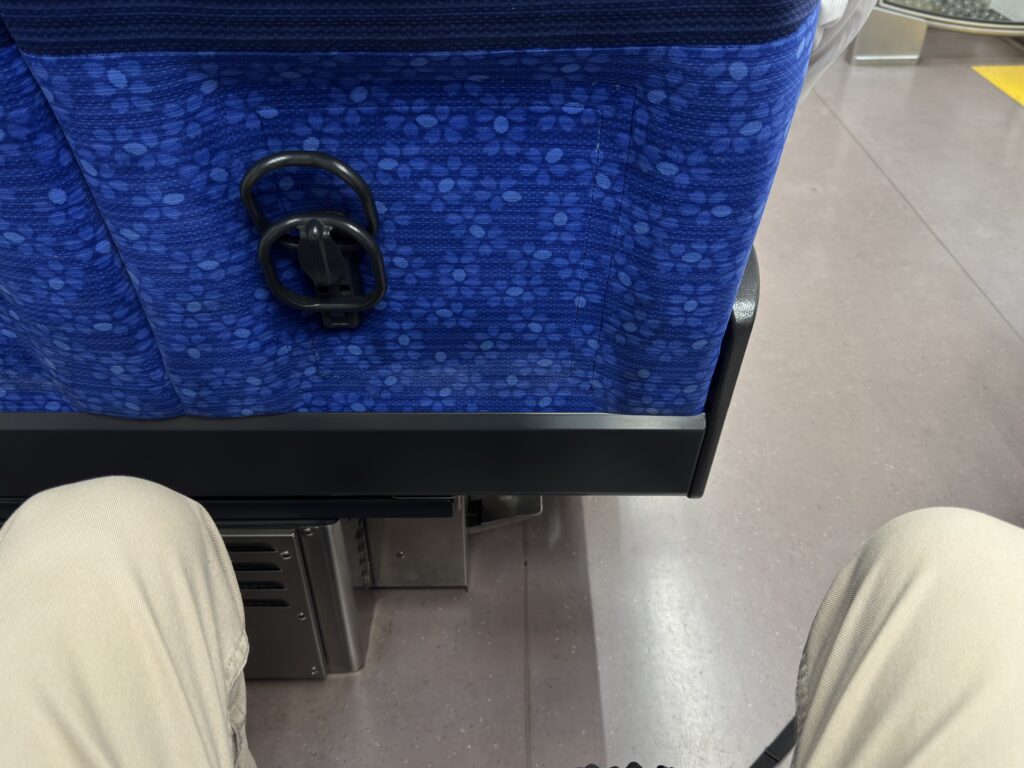
Each seat has an outlet and a cup holder. The seats do not have tray tables.
The train is also equipped with Wi-Fi, which I did not use.
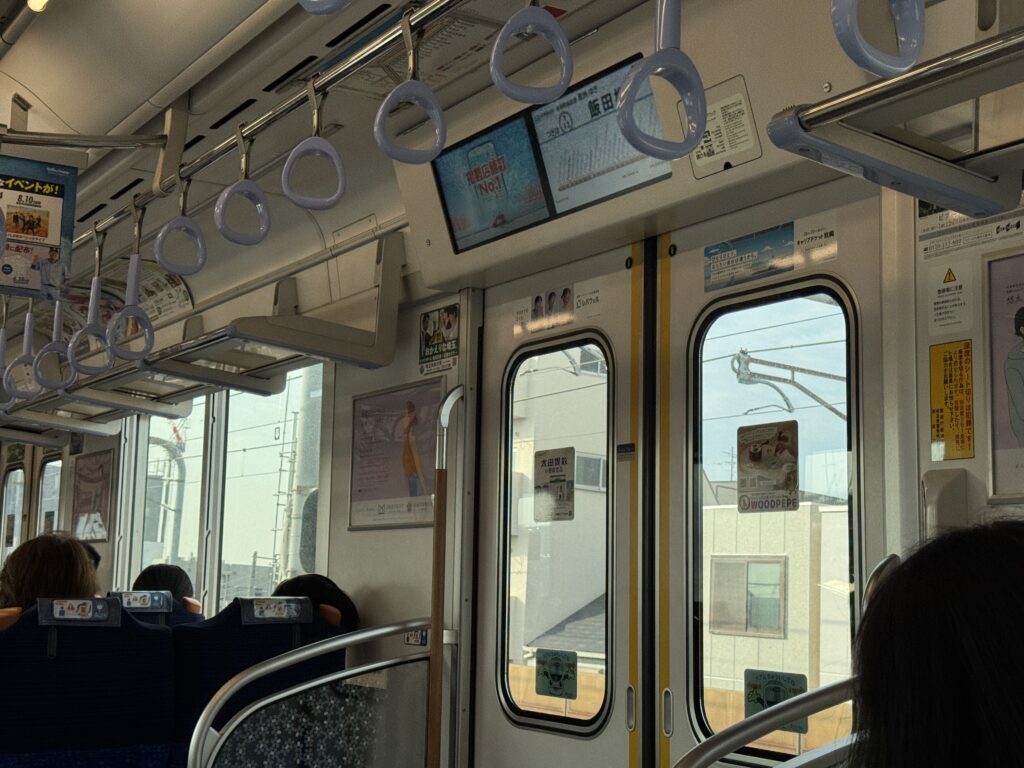
I took this train to Yurakucho, which is around the Tokyo Station area. The trip took around 35 minutes.
I didn’t do much on the way; I just listened to a podcast to kill time.
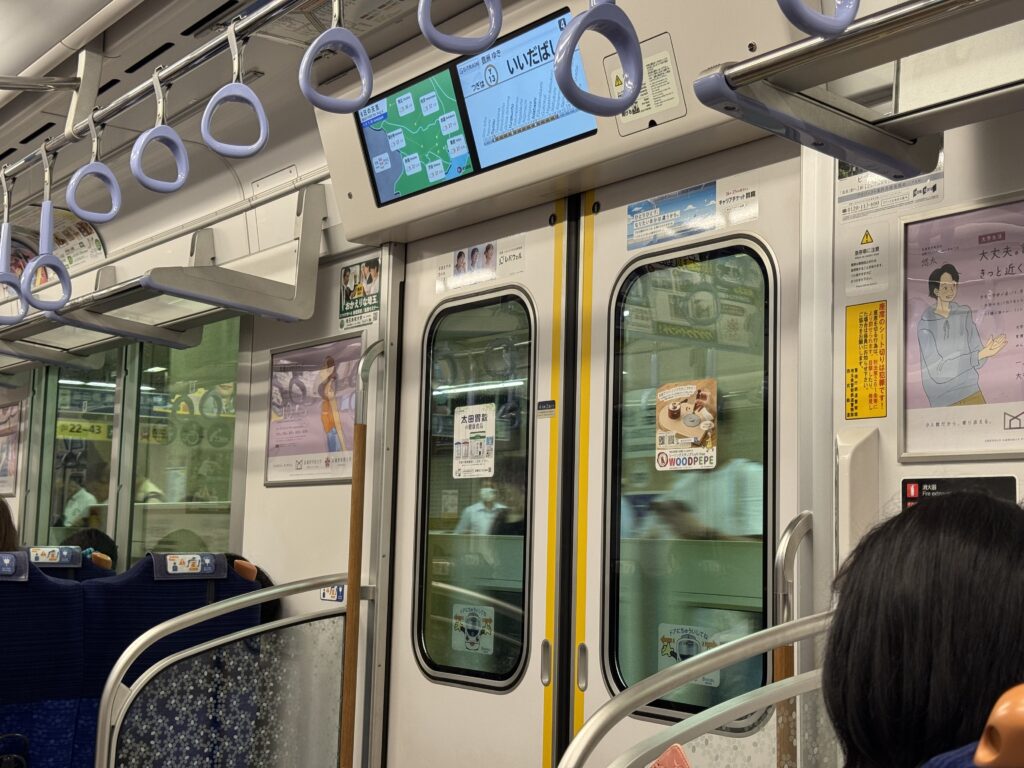
It’s not a super fast train in terms of speed, but it only made one other stop during my trip. The reserved seat aspect of this train is the biggest appeal to this service, and I can imagine many morning commuters opting for this train every once in a while.
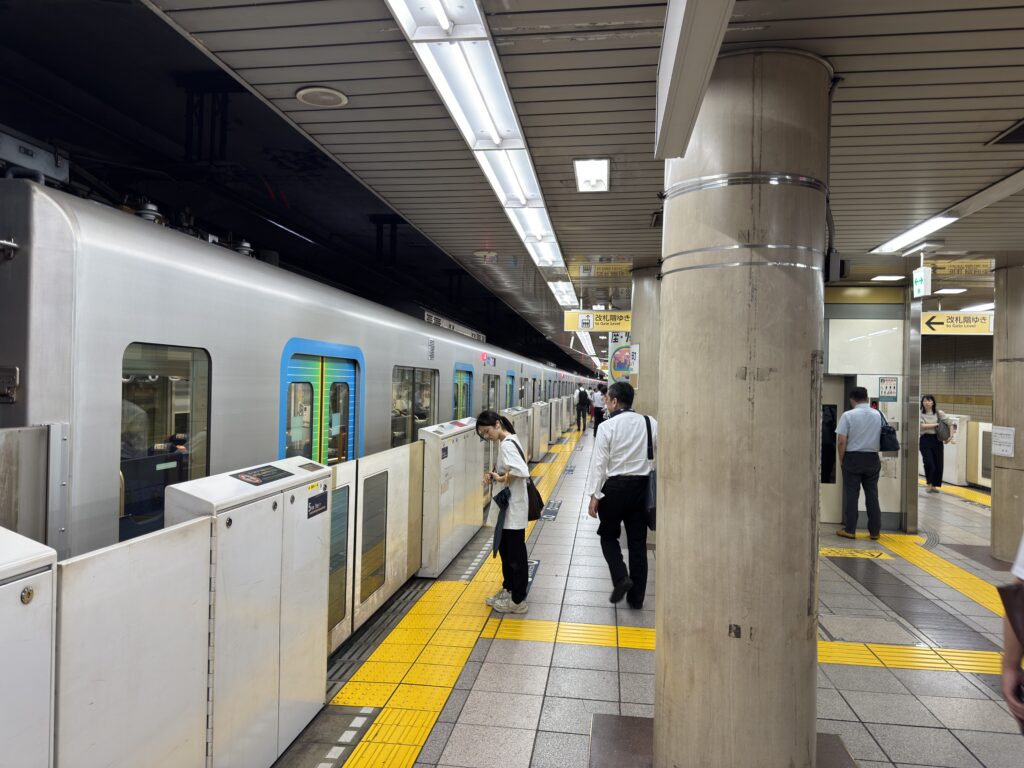
I found this to be a comfortable ride. Although the train was full, it was still quiet onboard and the trip felt quick. As I said, being able to get a reserved seat during the busy rush hour is a game-changer.
The additional 510 yen isn’t bad, although I can imagine that it adds up if you take this every day.
All photos taken by the author.




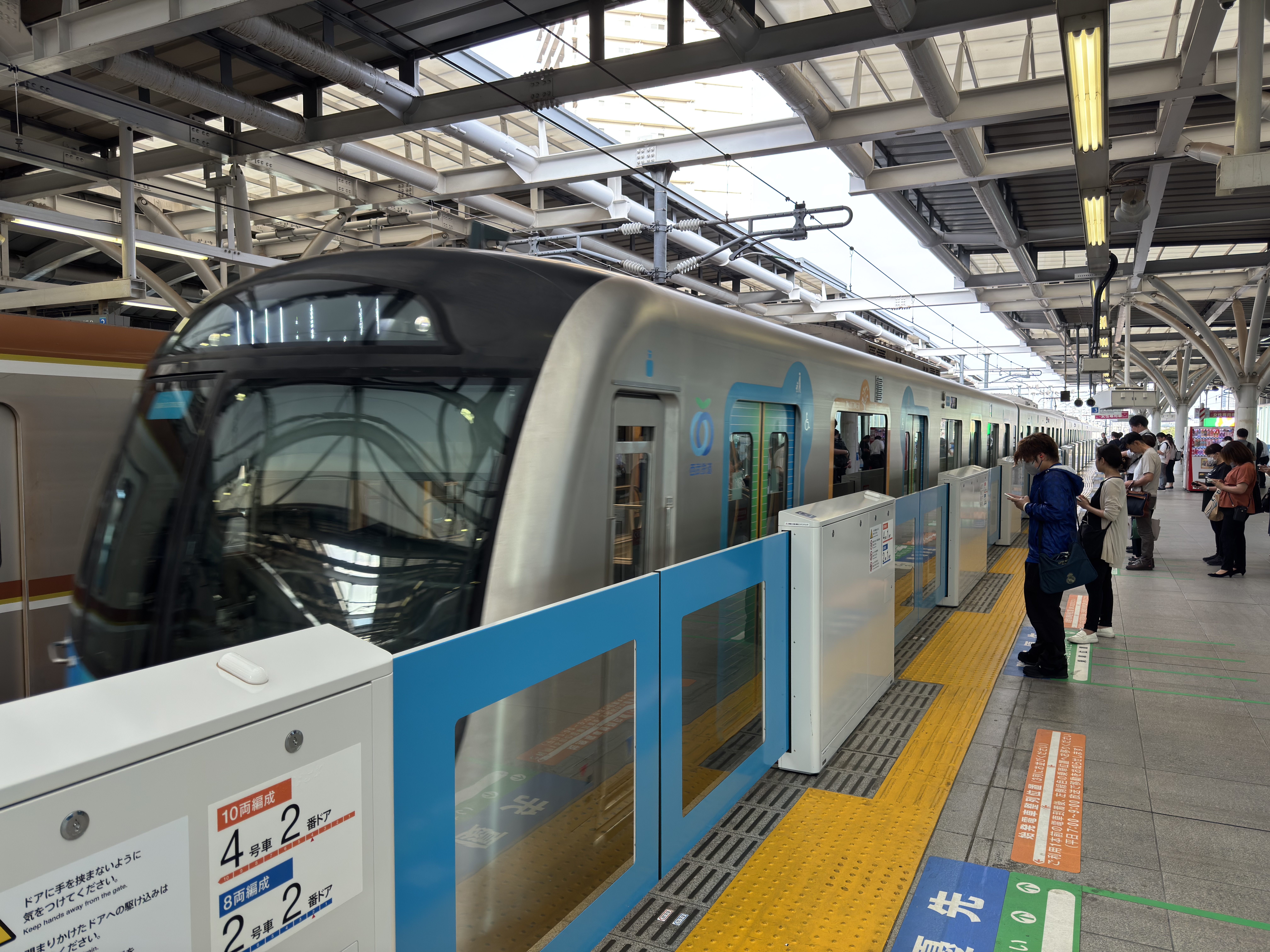




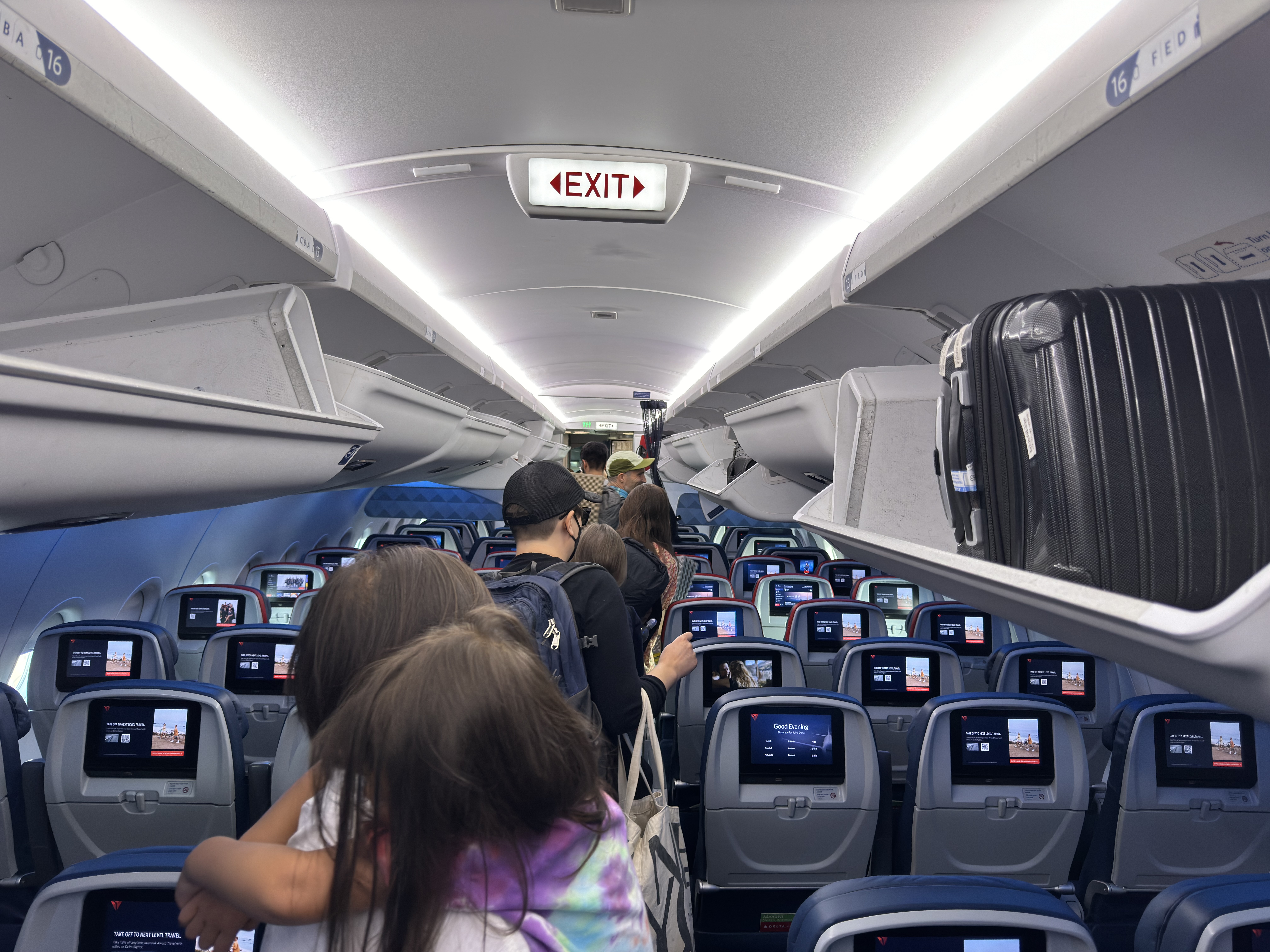
I feel like reserved seats just add a peace of mind that you’ll have a seat when you board. Not averse to paying extra fees at all if I’m on vacation in Tokyo especially if I have my suitcase and such, ie: Taking the NEX or Keisei Skyliner rather than the local options if coming from Narita.
Different thing, but I also like the green seats that are available on some of the local trains there as well. Believe I took that when I went to Kamakura.